Luca Bascetta
Safe Motion Planning for a Mobile Robot Navigating in Environments Shared with Humans
Jun 15, 2022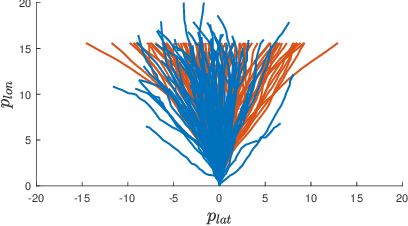
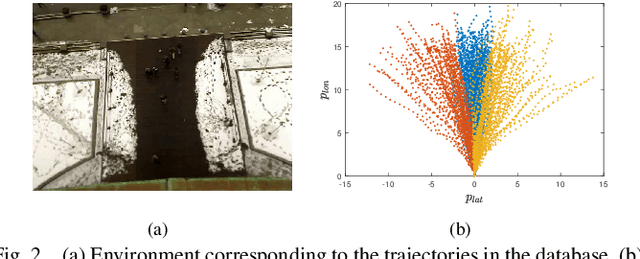
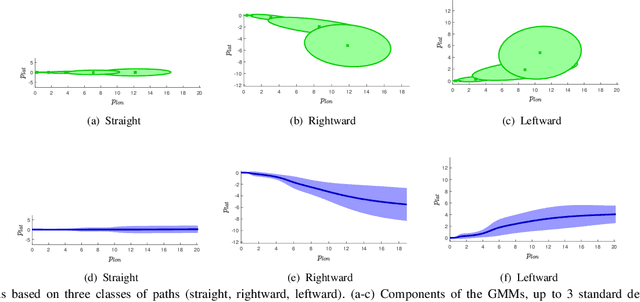

Abstract:In this paper, a robot navigating an environment shared with humans is considered, and a cost function that can be exploited in $\text{RRT}^\text{X}$, a randomized sampling-based replanning algorithm that guarantees asymptotic optimality, to allow for a safe motion is proposed. The cost function is a path length weighted by a danger index based on a prediction of human motion performed using either a linear stochastic model, assuming constant longitudinal velocity and varying lateral velocity, and a GMM/GMR-based model, computed on an experimental dataset of human trajectories. The proposed approach is validated using a dataset of human trajectories collected in a real world setting.
Sampling-based optimal kinodynamic planning with motion primitives
Sep 07, 2018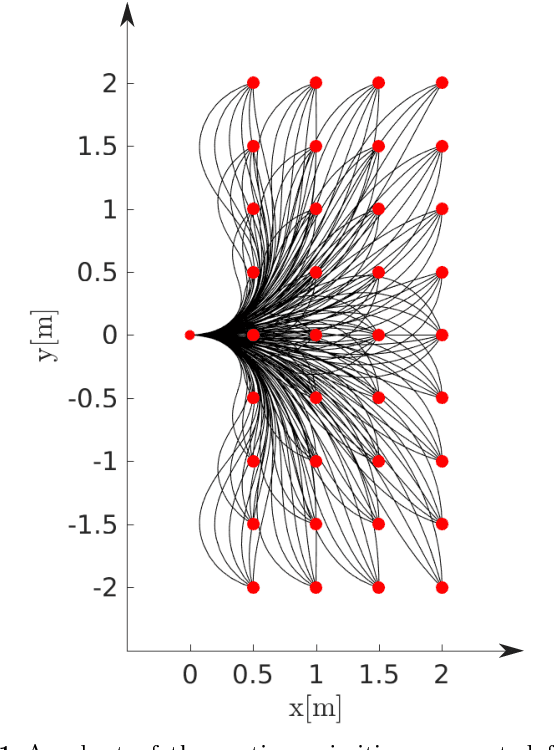

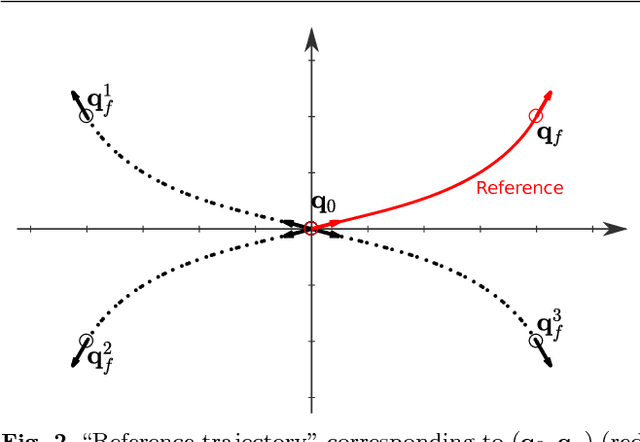
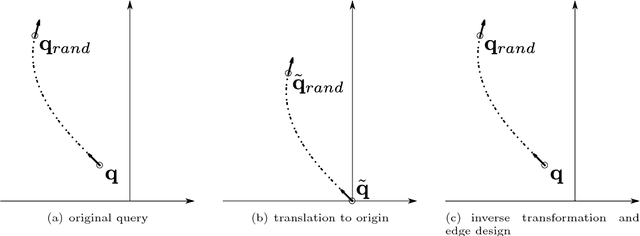
Abstract:This paper proposes a novel sampling-based motion planner, which integrates in RRT* (Rapidly exploring Random Tree star) a database of pre-computed motion primitives to alleviate its computational load and allow for motion planning in a dynamic or partially known environment. The database is built by considering a set of initial and final state pairs in some grid space, and determining for each pair an optimal trajectory that is compatible with the system dynamics and constraints, while minimizing a cost. Nodes are progressively added to the tree {of feasible trajectories in the RRT* by extracting at random a sample in the gridded state space and selecting the best obstacle-free motion primitive in the database that joins it to an existing node. The tree is rewired if some nodes can be reached from the new sampled state through an obstacle-free motion primitive with lower cost. The computationally more intensive part of motion planning is thus moved to the preliminary offline phase of the database construction at the price of some performance degradation due to gridding. Grid resolution can be tuned so as to compromise between (sub)optimality and size of the database. The planner is shown to be asymptotically optimal as the grid resolution goes to zero and the number of sampled states grows to infinity.
 Add to Chrome
Add to Chrome Add to Firefox
Add to Firefox Add to Edge
Add to Edge